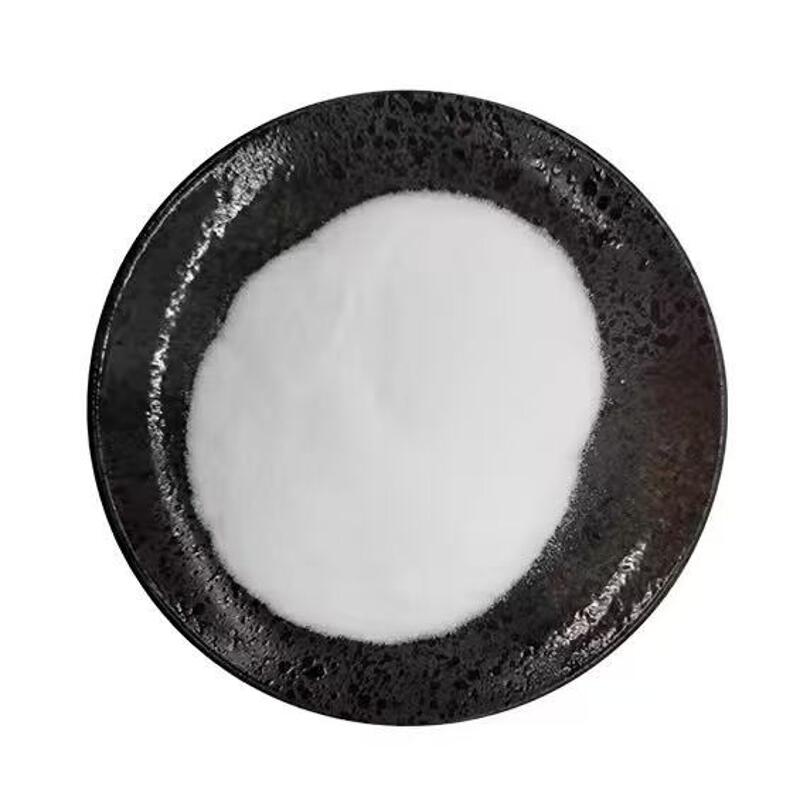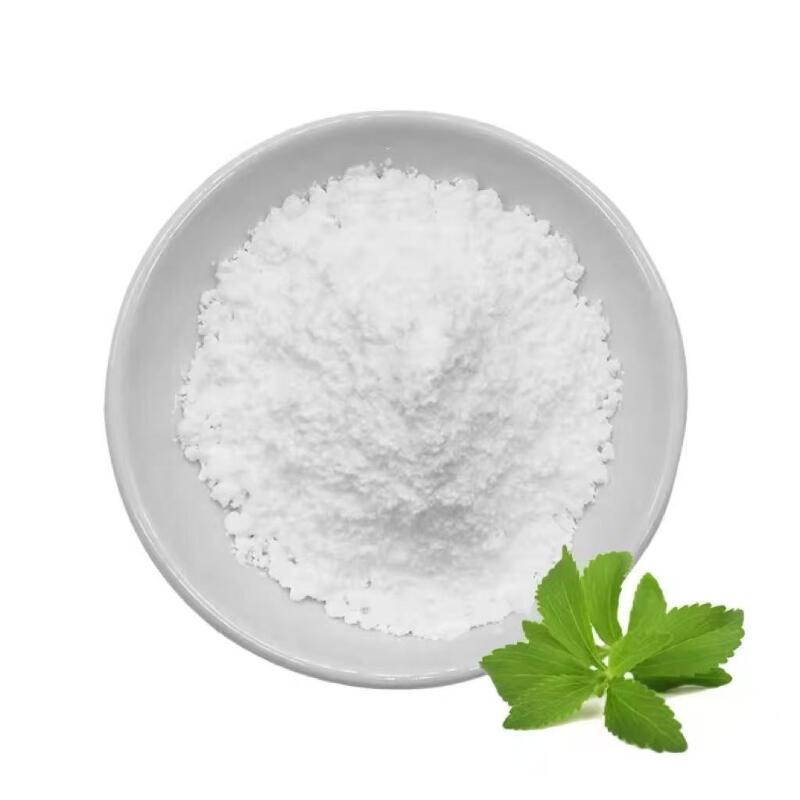-
Categories
-
Pharmaceutical Intermediates
-
Active Pharmaceutical Ingredients
-
Food Additives
- Industrial Coatings
- Agrochemicals
- Dyes and Pigments
- Surfactant
- Flavors and Fragrances
- Chemical Reagents
- Catalyst and Auxiliary
- Natural Products
- Inorganic Chemistry
-
Organic Chemistry
-
Biochemical Engineering
- Analytical Chemistry
-
Cosmetic Ingredient
- Water Treatment Chemical
-
Pharmaceutical Intermediates
Promotion
ECHEMI Mall
Wholesale
Weekly Price
Exhibition
News
-
Trade Service
Recently, researchers from many food universities in China published relevant academic papers in international important journals, among them, Professor Xie Mingyong of Nanchang University published a cover paper on the detection of pollutants in hot processed foods in the Journal of the American Chemical Society (JAFC), and Professor ZhaoMouming of South China University of Technology published a cover paper on the development trend of food science and technology (TIFS) in the Journal of the American Chemical Society. A summary article on the subject and fresh taste/fresh polypeptides, a cover paper on the mechanism of the role of gynnipinosine to improve the glucose stability of the body was published by the Wang Li team of Jiangnan University and the Chinese Academy of Sciences in JAFC, and a cover article on the hypoglycemia-lowering blood lipids of the magic taro glucosamine was published in JAFC by the team of Professor Yan Shaoping of Nanchang University.
May 1st, jaFC published the cover paper of Professor Xie Mingyong's team on "the use of enhanced substrings to remove lipids as a new dispersive solid-phase extraction adsorbent - liquid chromatography - series mass spectrometry, while measuring the content of acrylamide and 5-hydroxymethylphenidate in heat-treated foods".
Xie Mingyong, Professor Xie Mingyong and Shen Ming-moon Researcher are co-authors of the newsletter, and Nanchang University is the first signed unit.
acrylamide (AA) and 5-hydroxy methylphenidate (5-HMF) are two important contaminants found in hot-processed foods.
find a simple, fast and inexpensive way to measure these two pollutants has become a concern for researchers.
this study is the first to use enhanced lipid removal products (EMR-Lipid) as adsorbents for dispersed solid phase extraction to determine acrylamide and 5-hydroxymethylcetaldehyde in hot-processed foods.
study confirms that analytical testing based on the use of EMR-Lipid, a new dispersed solid-phase extraction adsorbent, is an accurate and reliable method that can be successfully applied to the detection of acrylamide and 5-hydroxyformycetaldehyde in 8 types of chinese hot-processed foods.
are widely found in foods with fresh polypeptides and flavored polypeptides, many studies have found that freshness/fresh polypeptides can play an important role in presenting food taste by interacting with fresh-flavored polypeptides.
the structure and associated mechanisms of fresh-smell receptors are not yet clear, and more research is needed to increase understanding of taste characteristics.
this review, Professor Zhao's team reported for the first time on the identification of fresh receptors, the structure and possible binding points (positive and heterogeneous) of fresh receptors, freshness/fresh polypeptides and their derivatives.
identification and confirmation of the structural properties of the fresh/freshened substance and the binding points with the fresh receptor can contribute to a better understanding of the sensory mechanisms of the fresh taste.
Zhao's team found that there are some fresh-smelling subjects in the body that are related to the identification of fresh substances, each activated by a different mechanism.
, in addition to the positive composition points, the team also found heterogeneous binding bits.
this heterogeneous binding point may help explain why the synergy between freshness/fresh polypeptides and their derivatives, as well as the increased hydrophobiality of the substance, can increase food acceptance.
The cover article "Improving the stability of glucose by regulating acetone dehydrogenase kinase 4 (PDK4) in skeletal muscle" by Wang Li team of Wang Li team of Jiangnan University School of Food and The Shanghai Institute of Nutrition and Health of the Chinese Academy of Sciences reveals the mechanism by which Ginipine improves the stability of glucose in the body.
the first author of the thesis is Li Yan Associate Researcher and Master's student Pan Haigu of the School of Food, the communication author is Professor Wang Li and Researcher Should Hao, and Jiangnan University is the first signed unit.
skeletal muscle is an important energy metabolic organ, of which glucose intake accounts for about 90% of the total body, is the main place of glucose utilization, fat consumption.
skeletal muscles are essential for the use of glucose and the maintenance of the body's glucose metabolism.
is a small molecule cycloene ether terpene, is a natural active ingredient.
The study, which began with the sequencing of the gene chip (microarray) transcription group, found that gynnipine significantly reduced the expression of PDK4 in the skeletal muscles of mice, while PDK4 was able to dehydrogenase propionate dehydrogenase (PDH), a key speed limit enzyme in glucose oxidation, and inflamed it, which in turn affected the use of glucose in the skeletal muscles.
addition, Gynapine can change the fibrosis of skeletal muscles, promote the transformation of slow muscles to fast muscles, and the production of fast muscles promotes the use of glucose.
these results show that Gynapine can improve glucose stability, which is of practical significance in maintaining the body's glucose stability.
In the cover paper on "The hypoglycemia and hypoglycemia effects of grapes extracted from magic taro in rats with type 2 diabetes", Professor Yu Shaoping is the author of the communication and the first author of the unit at Nanchang University.
study, the team found that glucosamine significantly lowered levels of fasting blood sugar, serum insulin, glucoglycline-like peptide-1 and glyceride serum protein.
addition, magic taro glucosamine can also greatly reduce blood lipid concentration, improve the antioxidant capacity of type 2 diabetes rats, pancreatic damage and fat cell hypertrophic.
study used lipid histology analysis based on ultra-efficient liquid chromatography-four-pole flight time mass spectrometology to explore the effect of magic taro glucosaccharin on lipid metabolism.
experiments have found that taro glucosamine can reduce the metabolism of glycerides, fatty acid metabolism, lipid metabolism and glycelin metabolism disorders.
these results provide a new and further understanding of the anti-diabetic effects of glucosamine, and suggest that glucosamine may be a viable functional food for type 2 diabetes.







